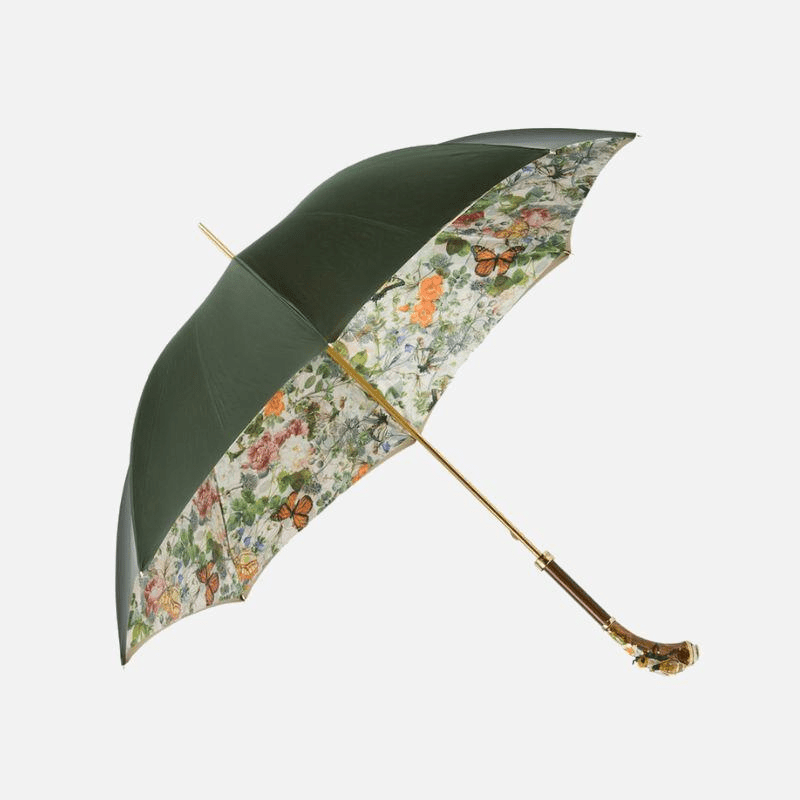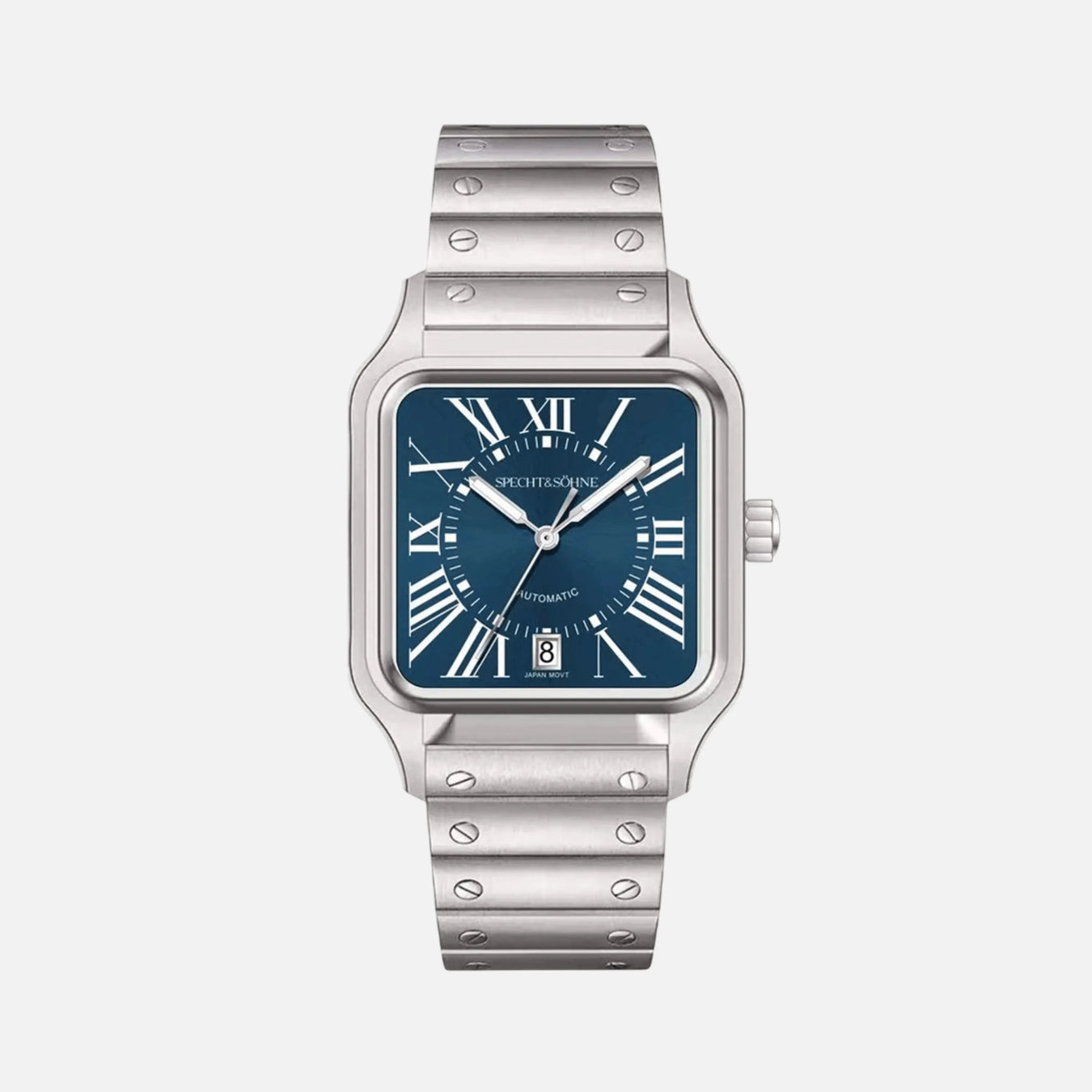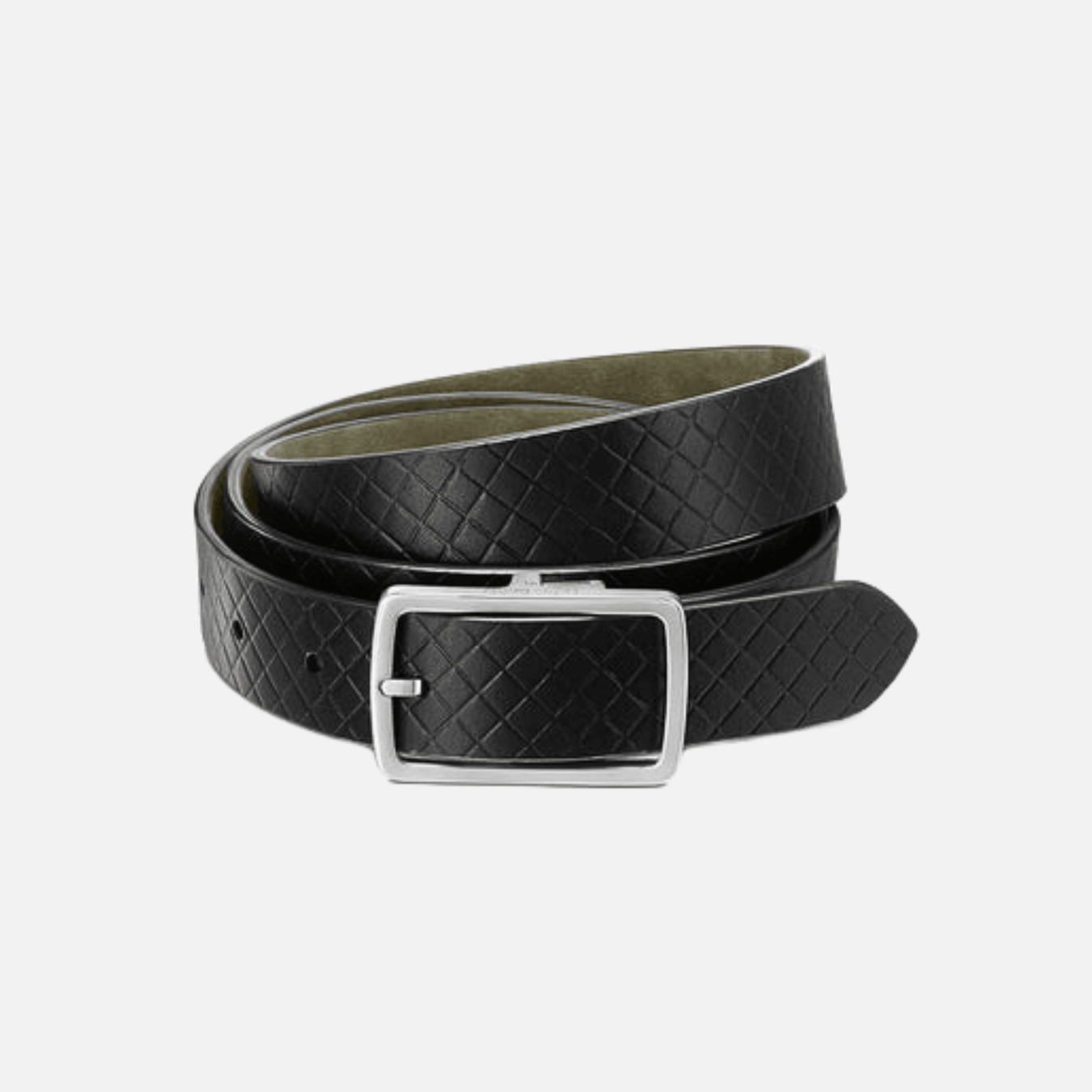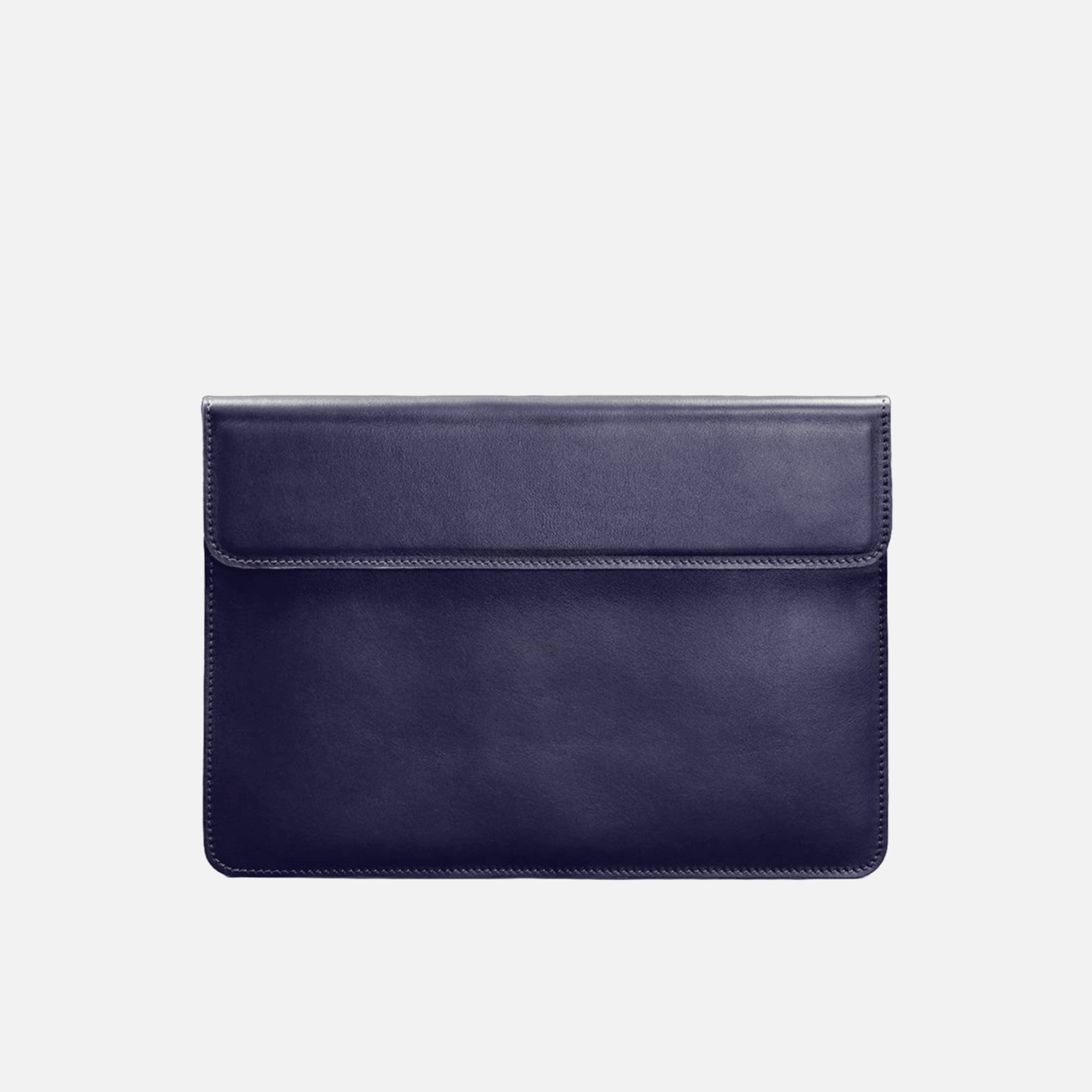
Elevating Outdoor Space: The Rise of Modern Outdoor Umbrellas
Introduction to Modern Outdoor Living
In today’s home design, the lines between indoor and outdoor spaces are increasingly blurred, with homeowners seeking to extend their living environments into the natural world. The concept of modern outdoor living encapsulates this desire, spotlighting an al fresco lifestyle that emphasizes comfort, style, and functionality. As people look to maximize the enjoyment of their homes, they are transforming patios, decks, and gardens into sophisticated retreats, equipped for entertainment, relaxation, and dining.
Central to the evolution of modern outdoor living spaces is the integration of design elements traditionally found indoors. This includes high-quality furniture, versatile lighting solutions, and advanced materials that weather well against the elements. Contemporary outdoor spaces are curated with an eye for aesthetics and an appreciation for the harmony of form and function. The result is an extension of the home’s interior character, seamlessly presented in an open-air context.
- High-quality, weather-resistant fabrics
- Modern furniture designs suitable for outdoor use
- Advanced lighting for ambiance and functionality
- Eco-friendly and sustainable materials
- Innovations in temperature control, such as heating and cooling solutions for year-round use
The rise of modern outdoor umbrellas is emblematic of this trend, offering not just shade but a statement of style and a nod to thoughtful design. With a wide array of options including cantilever, center-post, and sail varieties, these umbrellas are increasingly being seen as vital components of the modern outdoor living experience. They bring both utility and an aesthetic touch, enhancing the comfort and visual appeal of outdoor areas. This rise reflects a broader societal push towards embracing the outdoors as an integral, stylish part of modern living spaces.
The Evolution of Outdoor Umbrellas: From Function to Fashion
Outdoor umbrellas have transcended their utilitarian origins to become a statement of style and design sensibility. Initially, their primary role was to provide shade and protection from the elements. Conceived for functionality, the earliest umbrellas were simple in form and constructed from readily available materials like palm leaves and reeds. Over the centuries, as global trade and technology expanded, so did the materials and mechanisms of these once straightforward implements.
The Early Adaptations
- Practicality remained paramount, but as outdoor socializing grew in prominence during the 18th and 19th centuries, so did the aesthetic appeal of umbrellas.
- Innovations like the tilting mechanism allowed for more versatile use, adjusting to the sun’s path while also adding an elegant feature.
- The introduction of durable and water-resistant materials like canvas and later, synthetic fabrics, extended the lifespan and functionality of umbrellas, making them more desirable and cost-effective.
The Twentieth Century
- The mid-twentieth century brought a surge in recreational culture, particularly in the western world. As people spent more time outdoors, the demand for comfortable and stylish outdoor living spaces grew.
- Designers began experimenting with shapes, from the traditional round canopy to square and even hexagonal designs.
- Colors and patterns began to emerge, offering consumers the ability to customize their outdoor spaces to reflect personal style and the aesthetic of their homes.
The Modern Era
- Today, outdoor umbrellas are not merely about function; they serve as focal points of outdoor decor, integrating technology and fashion.
- Modern advancements include UV-resistant fabrics, vented canopies for better airflow, and integrated LED lighting to enhance ambiance.
- Smart features such as motorized opening mechanisms and solar-powered charging stations for devices are taking convenience to new levels.
- The most recent fashion-forward iterations are marked by collaborations between umbrella manufacturers and prominent designers, with a focus on sustainability and eco-friendly materials.
Outdoor umbrellas now offer a sophisticated blend of practicality and panache, marking their evolution from purely functional objects to essential elements of stylish and comfortable outdoor living.
Material Matters: Advances in Weather-Resistant Fabrics
In the world of outdoor furnishings, the durability and quality of materials are paramount, especially when it comes to umbrellas, which must stand up to a variety of weather conditions. Recent advancements in weather-resistant fabrics have substantially increased the lifespan and functionality of modern outdoor umbrellas.
The innovation in textiles has been driven by the integration of high-tech synthetic fibers, which offer superior resistance to fading, moisture, and abrasion. For instance, acrylic fabrics impregnated with UV-stabilizing compounds can prevent color fading and deterioration caused by prolonged sun exposure. Furthermore, developments in the weaving process have led to tighter weaves, which enhance the water repellency of fabrics significantly.
- Olefin and polyester are also gaining popularity due to their resilience and easy maintenance.
- Brands are increasingly utilizing PTFE (Polytetrafluoroethylene), also known as Teflon, which is highly resistant to stains and unaffected by most chemicals.
- Nano-coatings applied to the surface of outdoor fabrics repel water, oil, and dirt, making them easier to clean and maintain.
Environmental concerns have also guided research, promoting the rise of eco-friendly options. Recycled plastics have entered the market, turned into polyester threads that are then woven into durable, weather-resistant fabrics. This not only contributes to sustainability but also offers a strong and vibrant canvas for umbrellas.
The advances in fabric technology do not compromise style for durability. Contemporary outdoor umbrellas now come in a plethora of colors, patterns, and textures, ensuring aesthetic appeal alongside practicality. This material evolution is redefining expectations, enabling consumers to enjoy their outdoor spaces without constant worry about the elements, enhancing both comfort and peace of mind.
Design Innovations: Shapes, Sizes, and Mechanisms
The landscape of modern outdoor umbrellas is shaped by creative design innovations that redefine the comfort and aesthetics of outdoor spaces. These innovations span across various elements such as shapes, sizes, and mechanisms.
Shapes: Traditional round and square canopy shapes are being overtaken by a surge in varied designs. Architects and designers now experiment with asymmetrical, hexagonal, and even rectangular silhouettes. Some sophisticated models feature aerodynamic lines to minimize wind resistance and enhance stability.
Sizes: The adaptability of outdoor umbrellas has been greatly amplified through size variations. Compact versions cater to balcony-sized areas while grandiose models with expansive canopies create luxurious oases in spacious gardens and commercial settings. The scalable nature of modern outdoor umbrellas ensures there is a perfect fit for every space.
-
Mechanisms: The mechanisms driving the functionality of these modern umbrellas combine ease of use with advanced technology. Innovations include:
- Telescopic mechanisms that allow for a flush closure without the need to remove furniture beneath.
- Automated opening systems, powered by solar energy or motorization, providing convenience with the touch of a button.
- Rotational features that enable the canopy to swivel 360 degrees, offering versatile shade throughout the day.
- Tilt functions that permit adjustments in angle, offering protection as the sun moves across the sky.
These emerging trends in design demonstrate an intersection of utilitarian function and aesthetic appeal. Such sophistication in outdoor umbrellas not only improves their practicality but also integrates them seamlessly into the architectural language of contemporary outdoor living spaces. With these advancements, outdoor umbrellas become not just an accessory but a central feature of modern landscaping design.
Smart Umbrellas: Integration of Technology for Enhancements
The advent of smart technology has remarkably influenced the domain of outdoor umbrellas, transforming them from mere shade providers to multifunctional smart outdoor solutions. Manufacturers are increasingly integrating advanced features into umbrella designs to cater to the tech-savvy consumer, enhance user convenience, and grant outdoor spaces a contemporary edge.
Automated Opening and Closing Mechanisms: Gone are the days of struggling with unwieldy umbrella spokes. With a simple button press, or sometimes via a smartphone app, smart umbrellas offer the ease of automated deployment and retraction. This not only adds convenience but also extends the life of the umbrella by minimizing rough handling.
Sensors and Connectivity: Many modern umbrellas are now equipped with sensors to detect weather changes. They can automatically close when winds exceed safe operating conditions, preventing damage and ensuring user safety. Connectivity with home automation systems allows for seamless operation and integration with existing smart home ecosystems.
Solar Power Integration: Smart umbrellas often incorporate solar panels in their design, harnessing natural energy to power their electronic components. This eco-friendly solution negates the need for external power sources and can also provide charging stations for devices, enhancing utility for users who wish to stay connected while outdoors.
Lighting and Energy Efficiency: LED lighting systems are being built into the ribs and poles, offering aesthetically pleasing illumination that extends the usability of outdoor spaces into the evening. These energy-efficient lights are often customizable, with options to adjust brightness or color via a smart device, creating the perfect ambience for every occasion.
Durability and Materials: Alongside technological enhancements, these umbrellas also embrace durability. Advanced fabrics resistant to weathering and UV damage ensure longevity, while robust structural materials are engineered for resilience in various conditions.
As smart umbrellas continue to evolve, they promise to redefine outdoor spaces with a blend of style, convenience, and innovation, marking a new era for al fresco living and entertainment. The integration of technology into umbrella designs underscores the industry’s dedication to adapting to contemporary lifestyles and consumer expectations.
The Aesthetics of Modern Outdoor Umbrellas and Their Impact
In the realm of outdoor design, the modern outdoor umbrella stands as a testament to the marriage of form and function. These contemporary canopies do more than just offer shade—they are pivotal in crafting ambience and defining the character of outdoor spaces. Designers and manufacturers have transformed the once utilitarian item into a centerpiece, exhibiting a keen awareness of color palettes, textures, and architectural lines that harmonize with the outdoor environment.
Contemporary outdoor umbrellas display a multitude of designs ranging from minimalist to avant-garde, ensuring there is a style to suit any aesthetic. Key features such as:
- Sleek, clean lines
- A range of sophisticated colors from muted neutrals to vibrant hues
- Innovative materials resistant to weather and UV radiation
- Artful shapes, including rectangular, hexagonal, and asymmetrical options
contribute to their visual appeal. These design elements not only enhance the user’s sensory experience but also, amplify the umbrella’s role as a stylish accessory capable of accentuating the surrounding landscape and architecture.
Moreover, these umbrellas often incorporate sustainable materials and production methods, reflecting a growing consciousness towards environmental impact within design philosophies. Consequently, their presence resonates with values of longevity and responsibility, further elevating their status within modern aesthetics.
Outdoor umbrellas, with their transformative qualities, serve to not only shield from the elements but also to create inviting and dynamic spaces that encourage social interaction and relaxation. Integrating seamlessly into diverse settings, from residential balconies to chic restaurant patios, they impact the way such spaces are perceived and used, ultimately enhancing the quality of life and experiences in the outdoors.
Sustainability in Umbrella Manufacturing: Eco-friendly Options
In recent years, the umbrella industry has seen a significant shift towards sustainability, with manufacturers implementing eco-friendly options in an effort to reduce environmental impact. The rise of modern outdoor umbrellas is not simply an aesthetic or functional improvement, but also a testament to the advancements in ecological conscientiousness within the sector.
Understanding the implications of production processes, companies are turning to materials that are either recycled or have a smaller carbon footprint. Frames are increasingly fashioned from FSC-certified wood, which ensures that the timber has been sourced from responsibly managed forests. Meanwhile, metals such as aluminum are being recycled, which reduces the demand for original ore extraction and the associated energy expenditure.
The fabric portion of umbrellas is also undergoing a green revolution. Polyester, long a staple material due to its durability, is now often replaced or supplemented by fabrics produced from recycled plastics, including PET bottles. These not only divert waste from landfills but also require less energy to manufacture. In addition, some manufacturers are employing organic canvas options, which are treated with environmentally safe coatings to resist water and UV damage.
To further promote sustainability, many umbrella manufacturers are creating products that are fully recyclable or biodegradable at the end of their lifecycle. This consideration for end-of-life disposal significantly lessens the overall environmental impact of the product.
Moreover, responsible companies are assessing their production methodologies to minimize waste. Cutting-edge production technology allows for more precise cutting of materials, reducing the surplus and making the most of available resources. With energy-efficient machinery and the use of renewable energy sources in manufacturing plants, the umbrella industry is making strides towards a more sustainable future.
By incorporating these eco-friendly materials and processes, modern outdoor umbrellas are not only elevating outdoor spaces but also embodying the principles of sustainability. It’s a conscious effort to balance aesthetics, functionality, and environmental responsibility in product design.
Installation and Maintenance: Ensuring Long-term Durability
Modern outdoor umbrellas have become essential in creating functional and appealing exterior spaces. The durability and longevity of these products, however, significantly rely on proper installation and consistent maintenance. Here are the crucial steps to guarantee that these stylish accents stand the test of time:
Professional Installation: It’s highly recommended to opt for professional installation services to ensure that the umbrella is correctly and safely installed. Professionals possess the necessary expertise to deal with different surfaces and understand the manufacturer’s specifications to prevent any future issues.
Secure Mounting: For freestanding umbrellas, it’s imperative to use a base that’s appropriately weighted for the size of the canopy. Wall-mounted options should have secure fittings, while in-ground installations require a proper concrete base to withstand wind and weather extremes.
Regular Cleaning: To maintain aesthetics and functionality, umbrellas should be cleaned regularly. Use mild soap and water for most materials and refrain from abrasive cleaners that could damage the fabric or protective coatings.
Operational Checks: Periodically, the umbrella’s mechanisms should be checked to ensure that they open, close, and tilt smoothly. Lubrication may be necessary to maintain ease of use and prevent rust or corrosion.
Weather Consideration: Although modern outdoor umbrellas are built to endure various weather conditions, they should be closed during extreme winds to prevent damage. Investing in a protective cover extends the lifespan by shielding the umbrella from the elements when not in use.
Winter Storage: In regions with harsh winters, it’s advisable to store the umbrella in a dry, sheltered location to avoid damage from snow and ice accumulation.
By adhering to these guidelines, one can enhance the long-term durability of their outdoor umbrellas, ensuring they remain as a reliable and elegant component of the outdoor setting season after season.
Accessorizing Your Outdoor Space with Functional Add-Ons
Optimizing your outdoor area involves more than just planting a modern umbrella for shade; it’s about integrating functional accessories that enhance convenience, comfort, and appeal. Thoughtful selection of add-ons can significantly uplift your exterior’s functionality, allowing it to cater to diverse uses from relaxation to entertainment.
Weather-Resistant Rugs: Begin by laying the foundation with a weather-resistant rug that defines the space and adds a touch of comfort underfoot. These rugs are not only stylish but also serve to protect your deck or patio and make the outdoor area feel cozier, much like a living room.
Lighting Fixtures: To ensure your outdoor space is usable even after dusk, integrate lighting fixtures. Solar-powered lights or energy-efficient LEDs can be strategically placed to illuminate pathways or hung to create a warm ambiance that extends the hours you can enjoy your outdoor setting.
Outdoor Heating: For those cooler evenings, consider the inclusion of an outdoor heater or a fire pit. These heating solutions can create a focal gathering spot and extend the use of your outdoor space well into the cooler months.
Multipurpose Furniture: Incorporate furniture that doubles as storage space. Benches with hidden compartments or multifunctional ottomans are excellent for keeping cushions or outdoor toys tucked away when not in use.
Planters and Greenery: Adding planters can bring life to your patio and help integrate your space with the surrounding nature. Plus, some plants can provide natural mosquito repellents, which is a bonus for comfort during the warmer months.
Side Tables and Drink Carts: Finally, portable side tables or a drink cart can be both practical and elegant, allowing guests to rest their drinks or for you to display decorative items.
By carefully accessorizing your outdoor space with these functional add-ons, you not only create an inviting atmosphere but also enhance the usability and enjoyment of your al fresco experience.
Outdoor Umbrellas in Commercial Spaces: Trends and Benefits
Outdoor umbrellas have become a vital component of commercial spaces, offering both aesthetic appeal and functional advantages. As businesses seek to maximize their customer experience, the integration of high-quality outdoor umbrellas is an undeniable trend.
Trends
- Customization: Commercial entities are choosing umbrellas that can be tailored to reflect their brand’s colors, logos, and overall aesthetic. This bespoke approach guarantees that the outdoor furnishings align seamlessly with the company’s identity.
- Technology Integration: Modern outdoor umbrellas are being equipped with technological advancements such as solar-powered LED lighting, USB charging ports, and weather sensors to enhance user convenience and comfort.
- Sustainable Materials: There is a growing preference for eco-friendly materials that contribute to sustainability. Umbrellas made from recycled plastics, biodegradable fabrics, and responsibly sourced wood are gaining traction.
- Multi-functional Design: The latest designs include features such as integrated heating systems, speakers, or even misters, expanding their utility beyond mere shade providers.
Benefits
- Enhanced Comfort: By providing shade and protection from the elements, outdoor umbrellas make commercial spaces like cafés and poolside areas more comfortable for patrons, encouraging longer stays and repeat visits.
- Increased Revenue: Utilizing outdoor space effectively can lead to an increase in seating capacity and, as a result, higher potential revenue for businesses like restaurants and bars.
- Branding Opportunity: Customizable umbrellas serve as marketing tools, reinforcing brand visibility and helping businesses stand out in competitive marketplaces.
- Durability: Today’s outdoor umbrellas are constructed to withstand various weather conditions, making them a cost-effective long-term investment for commercial spaces.
- Improved Aesthetics: With a range of designs, from traditional to contemporary, outdoor umbrellas can significantly upgrade the visual appeal of a space, attracting customers and complementing existing décor.
In conclusion, the strategic use of outdoor umbrellas in commercial settings not only meets practical needs but also serves as an investment in branding and customer satisfaction.
Consumer Guide: Choosing the Right Modern Outdoor Umbrella
When selecting a modern outdoor umbrella, consider the following factors to ensure you make a choice that’s both stylish and functional for your outdoor space.
Size and Shape: Your umbrella should correspond with the size of your outdoor area and the furniture it will shade. Measure your space and furniture to determine the appropriate size. Rectangular umbrellas provide more coverage for elongated tables, while octagonal shapes are ideal for rounder tables.
Frame Material: The durability of your umbrella is greatly influenced by the frame material. Common options include aluminum, which is lightweight and rust-resistant, wood for a classic look but requires maintenance, and fiberglass, known for its flexibility and wind resistance.
Canopy Fabric: UV-resistant fabrics such as Sunbrella or Olefin are ideal for umbrellas because they offer protection against sun fading and are water-resistant. Consider the density and weave of the fabric for additional durability.
Tilting Mechanism: To maximize shade as the sun moves, look for an umbrella with an adjustable tilt feature. This can come in the form of a push-button, collar tilt, or an auto-tilt mechanism.
Base and Stability: The base should be heavy enough to support the umbrella in various weather conditions. Assess the base weight and compatibility with your umbrella size. Some models may require different bases for freestanding versus table support.
By keeping these key aspects in mind, you will find a modern outdoor umbrella that not only complements your outdoor space but also stands the test of time and use.
Case Studies: Successful Outdoor Spaces and Their Umbrella Designs
Outdoor spaces have been revolutionized with innovative umbrella designs that not only provide shade but also enhance the aesthetics of the area. The following case studies illustrate how modern outdoor umbrellas can successfully transform an environment:
The Coastal Resort: A luxurious beachside resort in Malibu chose cantilever umbrellas with a sleek, minimalist design. These umbrellas are not only wind-resistant but their off-center support allows for uninterrupted views and flexible positioning. The result is a space where guests can enjoy the seaside ambiance in comfort, resulting in increased patronage and extended stays.
The Urban Beer Garden: Located in the heart of downtown, this beer garden employed large, brightly colored market umbrellas to create a festive and inviting atmosphere. Equipped with LED lighting, the umbrellas provide a multi-functional purpose in both day and night settings, encouraging a lively social scene that has boosted the venue’s popularity.
The Rooftop Lounge: Atop a high-rise in New York City, a rooftop lounge installed retractable umbrellas that not only adjust to weather conditions but also complement the city’s skyline. The sophisticated silhouette of the umbrellas paired with the functionality of climate control features has rendered this space a haven for urban professionals.
The Suburban Café Patio: To create an intimate dining experience, a small café in the suburbs chose unique, flower-shaped umbrellas that stand out and attract attention. Their heavy-duty fabric withstands seasonal weather changes, ensuring durability and long-term aesthetic value, thereby increasing the café’s curb appeal and patron numbers.
Through careful consideration of design, functionality, and environment, each of these outdoor spaces has leveraged modern umbrella designs to their advantage, setting a benchmark in the optimization of outdoor areas.
Wrap-Up: The Future of Outdoor Umbrellas in Modern Design
As the world leans increasingly towards integrating aesthetic appeal with functional design in outdoor spaces, the umbrella stands tall as an emblem of this synthesis. Looking ahead, the evolution of outdoor umbrellas will likely embrace both technological advancements and a deeper commitment to sustainable materials and eco-friendly production methods. Designers are expected to experiment with bold shapes and innovative materials that withstand harsh environmental conditions while adding artistic value to exterior landscapes.
Advanced mechanisms for easier deployment and resilience to diverse weather will enhance user convenience and umbrella longevity.
The integration of smart technology, such as solar-powered LED lights and weather-sensing capabilities, will make these staples smarter and more responsive to environmental cues.
With a growing awareness of our carbon footprint, an increase in the use of recyclables and biodegradable fabrics in umbrella construction is anticipated.
Collaboration between umbrella manufacturers and landscape architects may lead to the birth of multipurpose umbrellas that offer more than just shade – possibly serving as hubs for social interaction or platforms for vertical gardening.
In the tapestry of modern design, outdoor umbrellas are poised to hold a vital thread. Their future is likely to be marked by a delicate balance between functionality, durability, and an ever-expanding palette of stylistic expressions. As outdoor spaces continue to mirror the dynamism of contemporary life, the outdoor umbrella, too, will have to adapt, morph, and ultimately, transform to meet the nuanced demands of tomorrow’s world.






